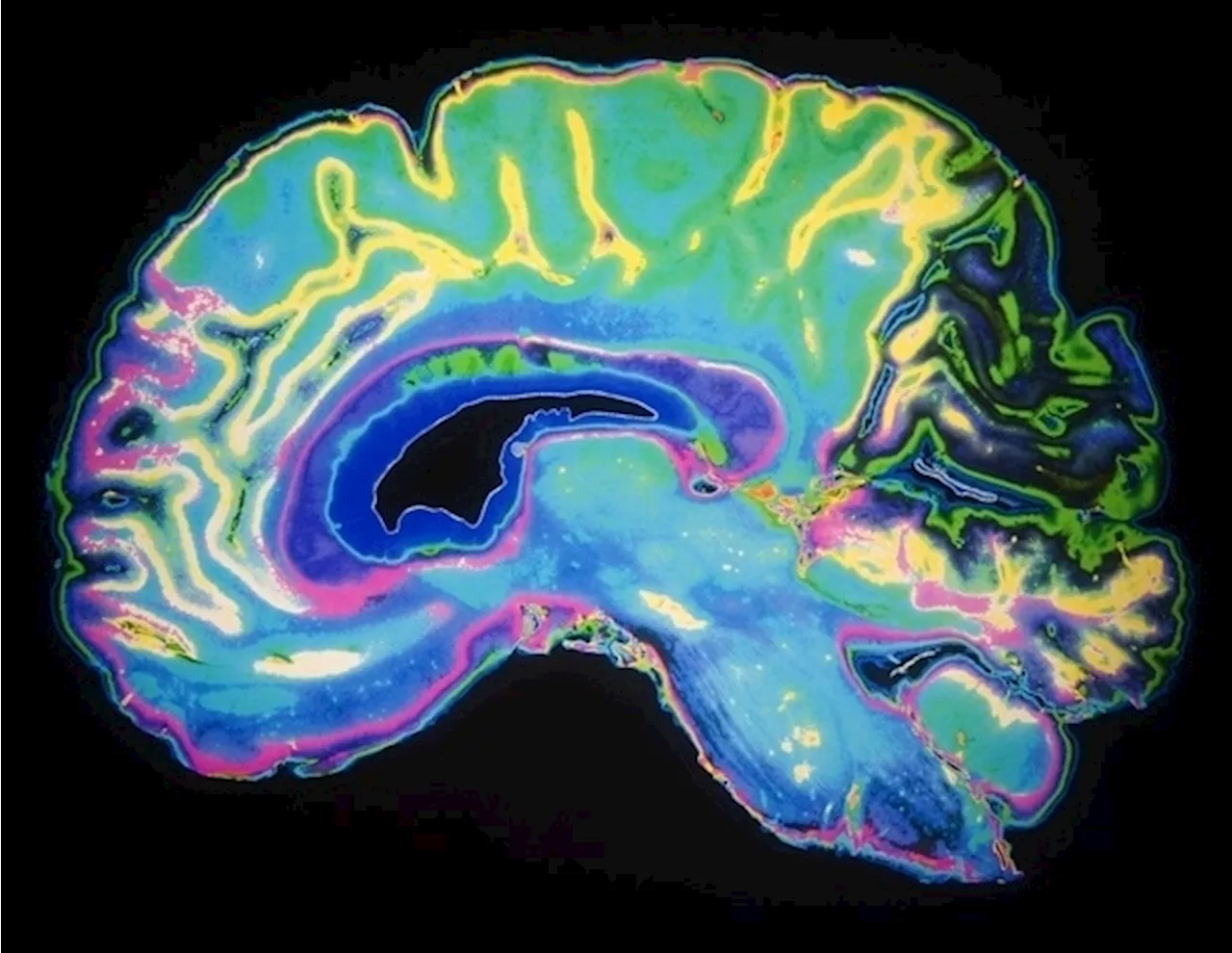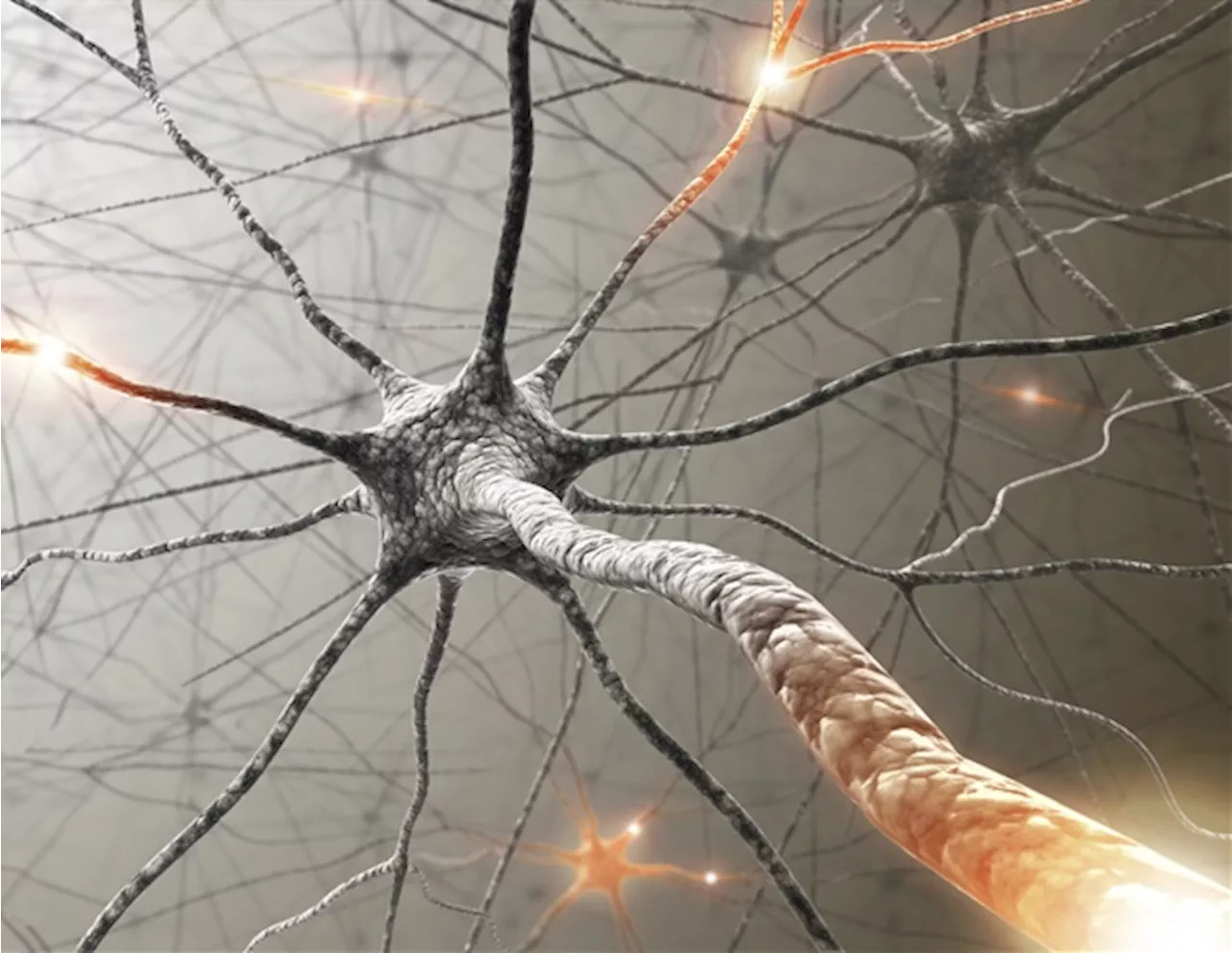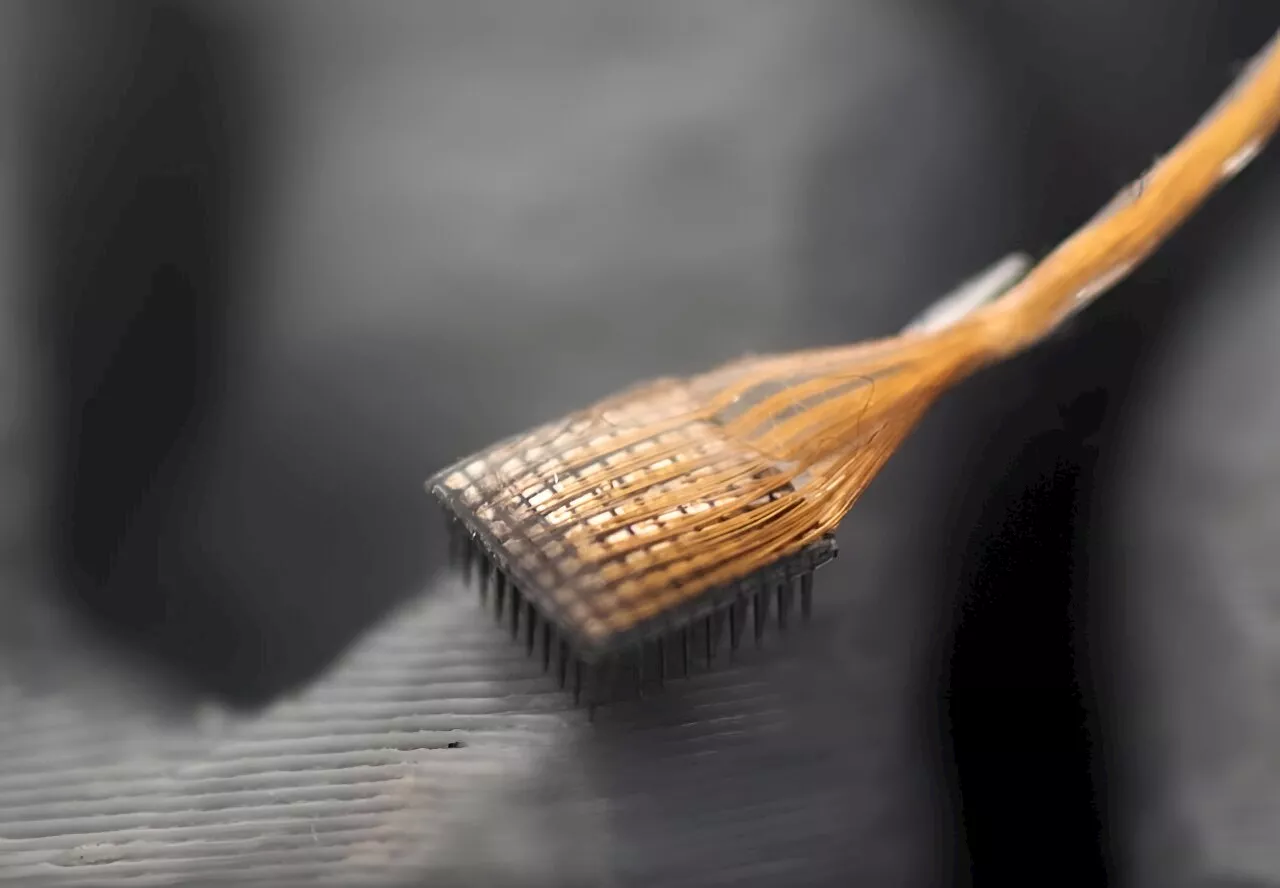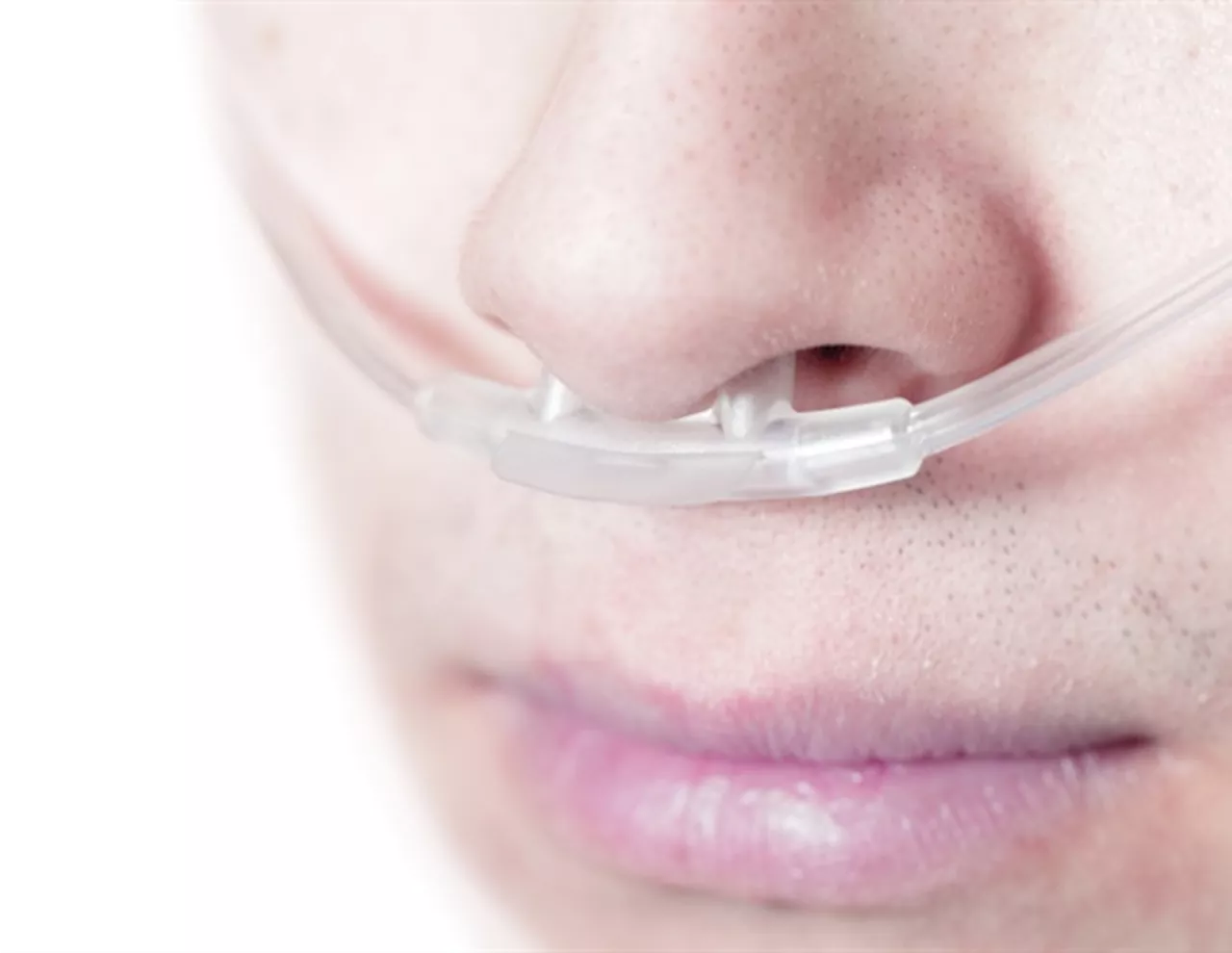Artificial Neural Networks (ANNs) can be trained to detect lung disease in premature babies by analyzing their breathing patterns while they sleep, according to research presented at the European Respiratory Society (ERS) Congress in Vienna, Austria.
European Respiratory SocietySep 9 2024 Artificial Neural Networks can be trained to detect lung disease in premature babies by analyzing their breathing patterns while they sleep, according to research presented at the European Respiratory Society Congress in Vienna, Austria.
But identifying BPD is difficult. Lung function tests usually require an adult to blow out on request - something babies cannot do - so current techniques require sophisticated equipment to measure an infant's lung ventilation characteristics. As a result, BPD is one of only a few diseases that is typically diagnosed by the presence of one of its main causes, prematurity and respiratory support.
But there is an alternative. We can measure a baby's breathing while they sleep. All this needs is a soft face mask, with a sensor that can measure the air flow and volume entering and leaving the infant's nose. This equipment is cheap and available at any clinical facility. Professor Delgado-Eckert's team studied a group of 139 full term and 190 premature infants who had been assessed for BPD, recording their breathing for ten minutes while they slept. For each baby, 100 consecutive regular breaths, carefully inspected to exclude sighs or other artifacts, were used to train, validate, and test a type of ANN called a Long Short-Term Memory model , which is particularly effective at classifying sequential data such as tidal breathing.
Professor Delgado-Eckert added: "Our research delivers, for the first time, a comprehensive way of analyzing the breathing of infants, and allows us to detect which babies have BPD as early as one month of corrected age – the age they would be if they had been born on their due date – by using the ANN to identify abnormalities in their breathing patterns.
Asthma Baby Breathing Bronchopulmonary Dysplasia Children Dysplasia Hospital Lungs Newborn Oxygen Oxygen Therapy Research Respiratory Sleep Ventilator
United Kingdom Latest News, United Kingdom Headlines
Similar News:You can also read news stories similar to this one that we have collected from other news sources.
 AI can be trained to detect lung disease in premature babies, research suggestsArtificial Neural Networks (ANNs) can be trained to detect lung disease in premature babies by analyzing their breathing patterns while they sleep, according to research presented at the European Respiratory Society (ERS) Congress in Vienna, Austria.
AI can be trained to detect lung disease in premature babies, research suggestsArtificial Neural Networks (ANNs) can be trained to detect lung disease in premature babies by analyzing their breathing patterns while they sleep, according to research presented at the European Respiratory Society (ERS) Congress in Vienna, Austria.
Read more »
 How experience shapes neural connectivity in the brainOur brain interprets visual information by combining what we see with what we already know. A study published in the journal Neuron, by researchers at the Champalimaud Foundation, reveals a mechanism for learning and storing this existing knowledge about the world.
How experience shapes neural connectivity in the brainOur brain interprets visual information by combining what we see with what we already know. A study published in the journal Neuron, by researchers at the Champalimaud Foundation, reveals a mechanism for learning and storing this existing knowledge about the world.
Read more »
 Understanding the origins of spontaneous neural activityA new study, published in Nature Communications this week, led by Jake Gavenas PhD, while he was a PhD student at the Brain Institute at Chapman University, and co-authored by two faculty members of the Brain Institute, Uri Maoz and Aaron Schurger, examines how the brain initiates spontaneous actions.
Understanding the origins of spontaneous neural activityA new study, published in Nature Communications this week, led by Jake Gavenas PhD, while he was a PhD student at the Brain Institute at Chapman University, and co-authored by two faculty members of the Brain Institute, Uri Maoz and Aaron Schurger, examines how the brain initiates spontaneous actions.
Read more »
 Neural circuits provide clues for better AI matching solutionsWhen you ask a rideshare app to find you a car, the company's computers get to work. They know you want to reach your destination quickly.
Neural circuits provide clues for better AI matching solutionsWhen you ask a rideshare app to find you a car, the company's computers get to work. They know you want to reach your destination quickly.
Read more »
 Study reveals neural processes behind morphine's pain reliefIn a study published in Science, researchers at Karolinska Institutet describe the neural processes behind how morphine relieves pain. This is valuable knowledge because the drug has such serious side effects.
Study reveals neural processes behind morphine's pain reliefIn a study published in Science, researchers at Karolinska Institutet describe the neural processes behind how morphine relieves pain. This is valuable knowledge because the drug has such serious side effects.
Read more »
 From thoughts to words: How AI deciphers neural signals to help a man with ALS speakBrain-computer interfaces are a groundbreaking technology that can help paralyzed people regain functions they've lost, like moving a hand. These devices record signals from the brain and decipher the user's intended action, bypassing damaged or degraded nerves that would normally transmit those brain signals to control muscles.
From thoughts to words: How AI deciphers neural signals to help a man with ALS speakBrain-computer interfaces are a groundbreaking technology that can help paralyzed people regain functions they've lost, like moving a hand. These devices record signals from the brain and decipher the user's intended action, bypassing damaged or degraded nerves that would normally transmit those brain signals to control muscles.
Read more »
